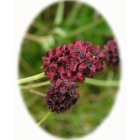 | ||
Perfect for pollinators Great Burnet -sanguisorba officinalis– grows best in damp meadows on clay soils and in full sun or semi-shade where plants are important for a wide range of insect life such as bees. Great Burnet typically grows to about a metre in height and produces beautifully coloured, crimson flowers between July and September. Great Burnet looks best growing with other meadow plants that flower in mid to late summer such as Black Knapweed, Field Scabious, Meadow Cranesbill, and Meadowsweet. How to grow Great Burnet Seeds Great Burnet seeds should be sown in autumn, either outside, where they are to flower, or in seed trays and covered lightly with compost. The seedlings, which are quick to develop, can be pricked out and grown on, for planting out later in the year. RHS Perfect for Pollinators. The RHS Perfect for Pollinators mark is only given to plants that support pollinating insects in gardens. Bees, butterflies, moths, hoverflies and many others visit flowers to feed on nectar and pollen; while doing so they transfer pollen and increase seed set and fruit development. Find out more at: rhs.org.uk/plants To discover more plants for Bees, simply enter the word "pollinators" into the search box above. To buy Great Burnet seeds To purchase Great Burnet seeds, please select a quantity above and click add to cart. To ensure the best chance of success, we sell all of our wildflower seeds by weight, which ensures each wildflower seed packet contains a good quantity of seeds. The recommended sowing rate is 1 gram per square metre, and the number of Great Burnet seeds per gram is approx. 400. All of our Wildflower seed packets contain seeds of Native British provenance. Summary type - perennial, colour - Red, height - 100 to 125cms, flowering months - July, August, September, habitat - Moist Grassland (Clay, Loams), Attracts bees | ||
Printed 02/12/2025 08:00:45
st86b_1 type perennial colour red height 100 to 125cms flowers july august september habitat moist grassland clay loams rhs perfect for pollinators pollinating insects bees butterflies moths hoverflies
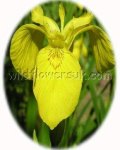
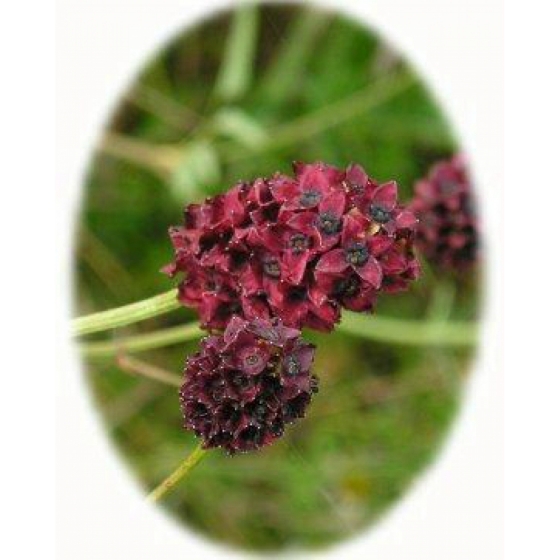
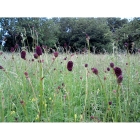
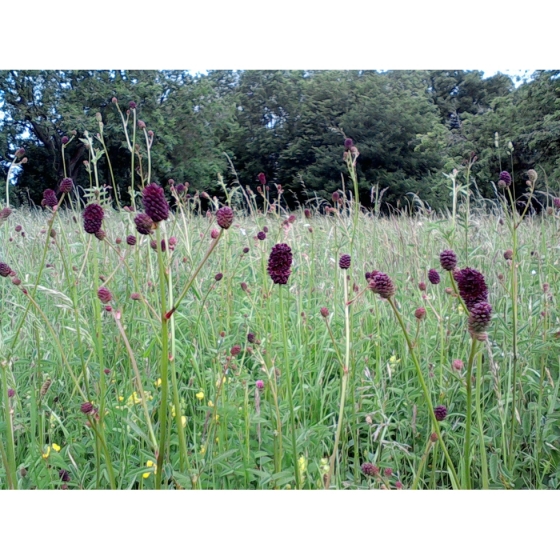



 added to basket
added to basket